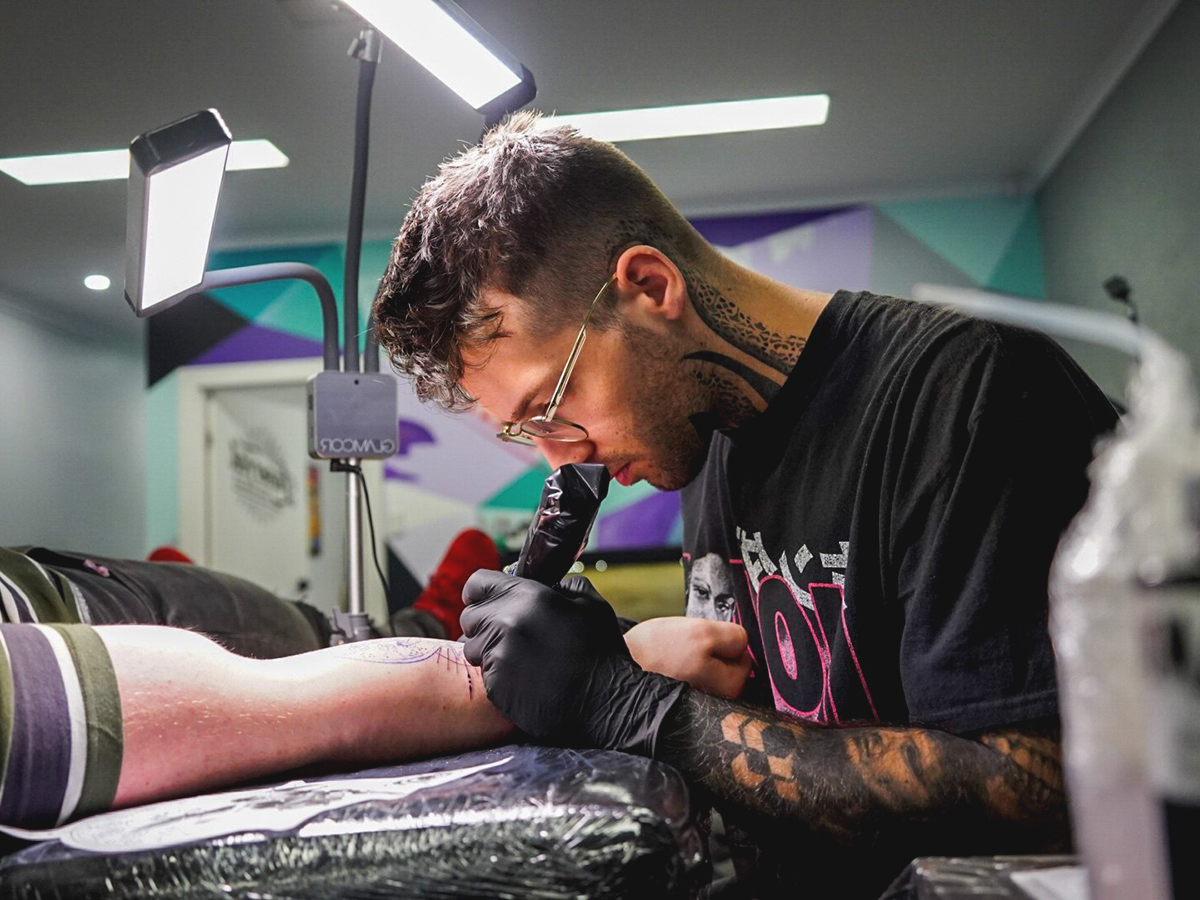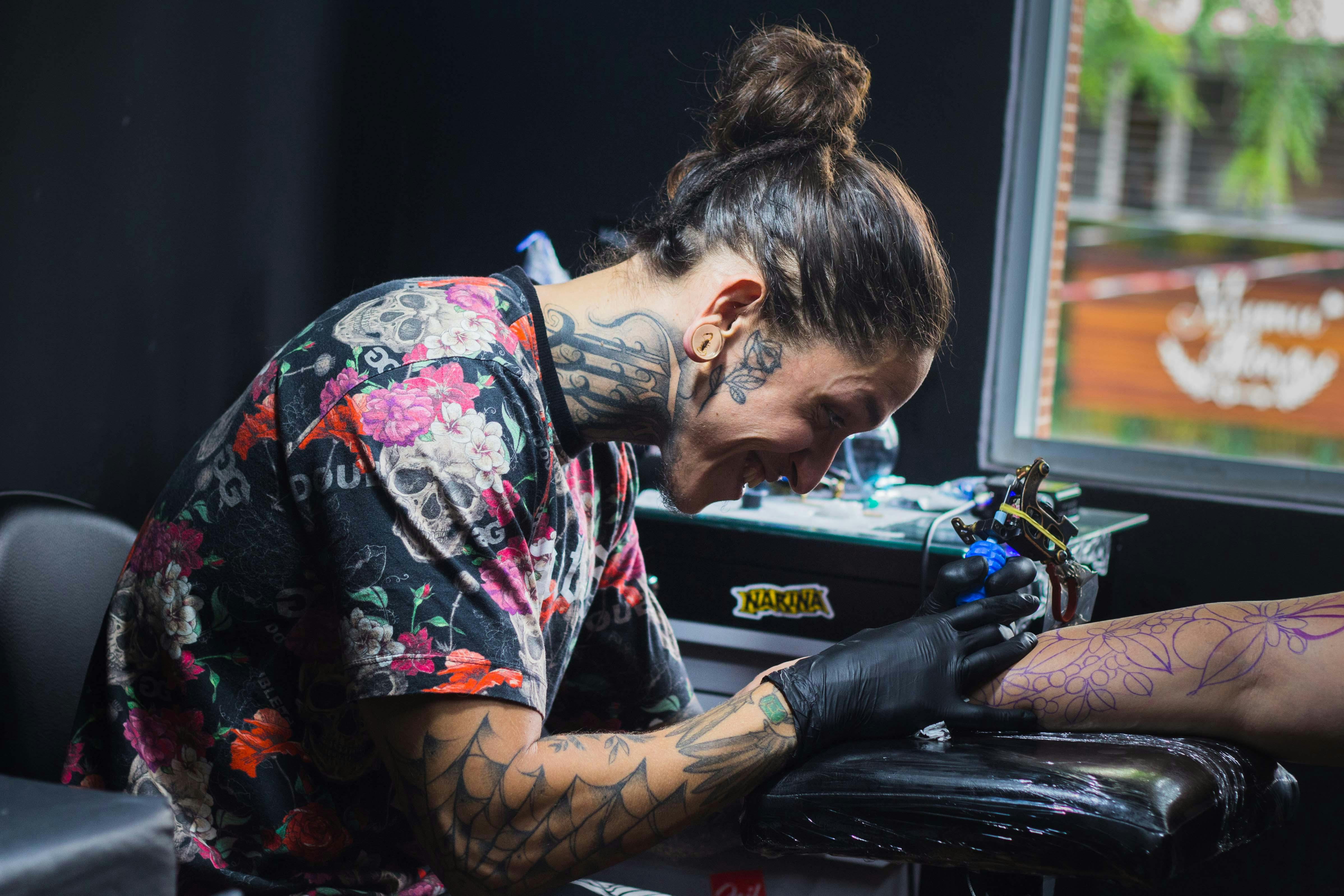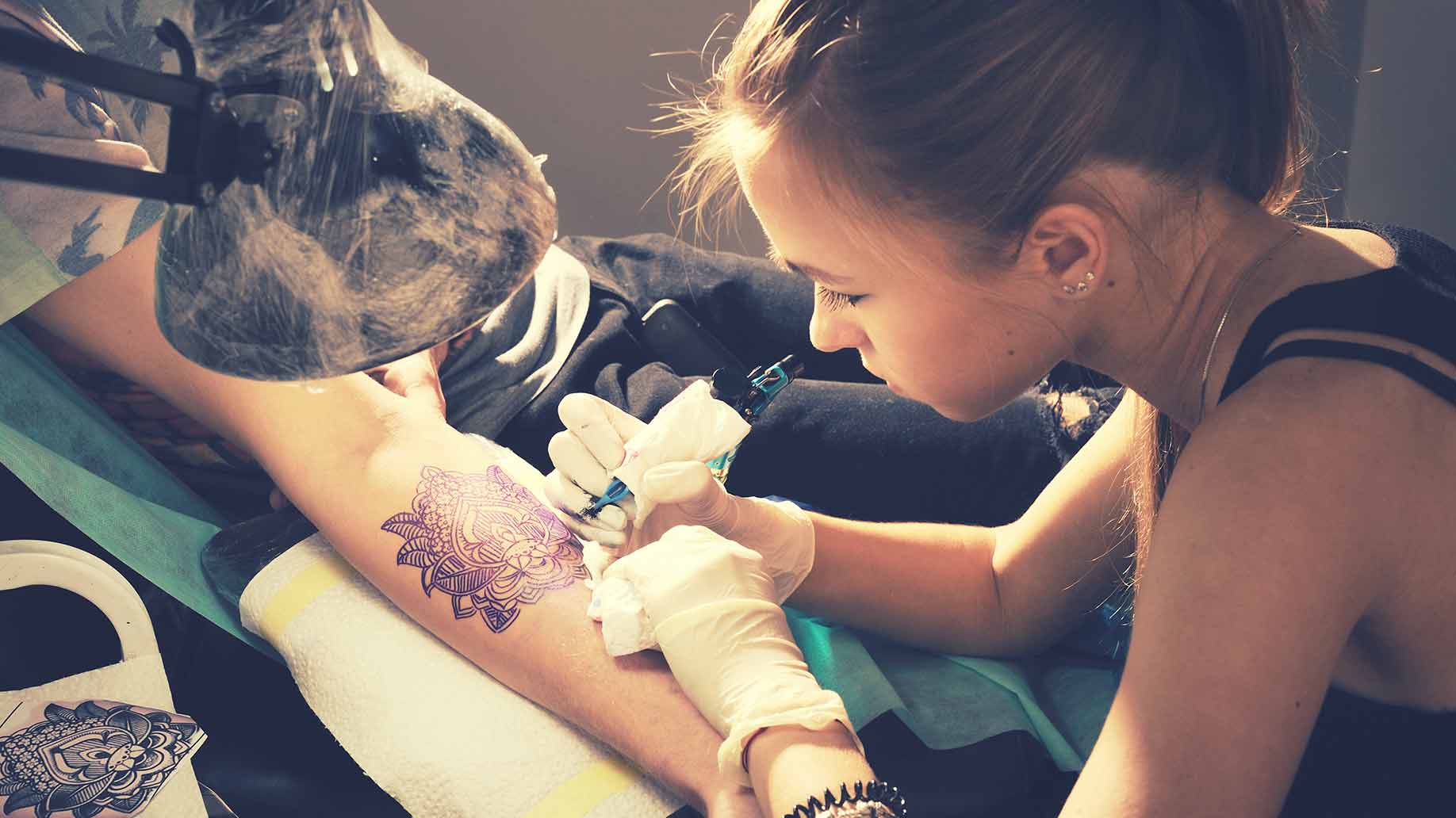The Canvas Of The Soul: Unveiling The Masterful Strokes Of Tattoo Artists
Tattoos have become an integral part of modern art, with countless artists pushing the boundaries of creativity and self-expression. Beyond the physical canvas of the skin, tattoos speak to the soul, representing personal narratives, emotions, and experiences. The masterful strokes of tattoo artists, however, are not just a product of skill and technique but also a reflection of the human condition. In this article, we'll delve into the world of tattoo art, exploring the various styles, techniques, and philosophies that underpin this timeless form of self-expression.
Tattoos have been a staple of human culture for thousands of years, with ancient civilizations adorning their bodies with intricate designs and symbols. From the delicate spirals of the Nazca Lines to the bold geometric patterns of tribal art, tattoos have played a significant role in human expression and identity. Today, tattoos are more than just a form of self-adornment; they're a means of communicating personal stories, emotions, and experiences to the world.
The tattoo industry has evolved significantly over the years, with the rise of social media and online platforms allowing artists to showcase their work and connect with a global audience. This shift has not only democratized access to tattoo art but also given rise to a diverse range of styles, techniques, and philosophies. From the minimalist chic of Japanese woodblock prints to the bold, black-and-gray realism of traditional tattooing, the diversity of tattoo art is a testament to the creativity and versatility of the medium.
The Art of Tattooing
Tattooing is a highly technical process that requires great skill, patience, and attention to detail. From the initial consultation to the final piece, a tattoo artist must carefully consider the client's design preferences, skin type, and personal style. This consultation is a critical step in the tattooing process, as it allows the artist to gauge the client's expectations and create a design that not only meets but exceeds their desires.
The Process of Tattooing
The tattooing process typically involves several stages, each requiring a combination of artistic skill, technical expertise, and emotional intelligence. The following is an overview of the process:
- Design creation: The artist creates a custom design based on the client's preferences and input.
- Needle selection: The artist selects the most suitable needle for the design, taking into account the client's skin type and the level of detail required.
- Sitting: The artist works with the client to achieve the desired outcome, taking regular breaks to ensure the client's comfort and well-being.
- Aftercare: The artist provides the client with personalized aftercare instructions to ensure the tattoo heals properly and minimizes the risk of complications.
The Techniques of Tattooing
Tattooing employs a range of techniques, from traditional hand-poking to modern rotary machines. Each technique has its unique characteristics, advantages, and disadvantages. The following are some of the most common techniques used in tattooing:
- Hand-poking: This traditional technique involves using a hand-held needle to create the design.
- Rotary machines: These machines use a motor to drive a needle, allowing for faster and more precise work.
- Stippling: This technique involves creating the design using small dots of ink.
- Linework: This technique involves creating the design using bold lines and subtle shading.
The Psychology of Tattooing
Tattoos have long been associated with spirituality, mysticism, and personal symbolism. Many people view tattoos as a means of communicating their innermost thoughts, emotions, and experiences to the world. However, the psychology of tattooing is far more complex than this. Tattoos can also be a means of:
- Self-expression: Tattoos allow individuals to express their unique personality, style, and identity.
- Personal growth: Tattoos can serve as a symbol of personal growth, transformation, and healing.
- Cultural heritage: Tattoos can be a means of connecting with cultural heritage, family traditions, and personal history.
The Symbolism of Tattooing
Tattoos are often imbued with symbolic meaning, representing personal narratives, emotions, and experiences. The following are some common symbols associated with tattooing:
- Animals: Animals are often used to represent strength, courage, and resilience.
- Nature: Nature-inspired designs often symbolize growth, renewal, and connection to the environment.
- Abstract designs: Abstract designs can represent personal experiences, emotions, and spiritual journeys.
The World of Tattoo Art
The world of tattoo art is a diverse and vibrant community, with countless artists pushing the boundaries of creativity and self-expression. From the traditional styles of Japanese tattooing to the bold, colorful designs of modern tattooing, the world of tattoo art is a testament to the power of human imagination.
The Rise of Tattoo Conventions
Tattoo conventions have become increasingly popular over the years, providing a platform for artists to showcase their work and connect with a global audience. These events are a celebration of tattoo art, culture, and community, offering a unique opportunity for enthusiasts to connect with like-minded individuals.
The Role of Social Media
Social media has played a significant role in the rise of tattoo art, allowing artists to showcase their work and connect with a global audience. Platforms like Instagram, YouTube, and TikTok have enabled artists to share their work, engage with fans, and build a community around their art.
The Importance of Tattoo Artist Training
Tattoo artist training is essential for producing high-quality tattoos that meet the client's expectations. Many tattoo artists complete apprenticeships or training programs, honing their skills and techniques before launching their careers. The following are some key factors to consider when selecting a tattoo artist:
- Experience: Look for artists with extensive
Joan Van Ark
King Von Autospy
Who Is Tony Hinchcliffe Father
Article Recommendations
- Chloandmatt Fansd
- Is Tony Hinchcliffe Married
- London Hammer
- Keri Russell Kurt Russell
- Who Is Brian Adams Partner
- Karlan And Connieenio Crime Pos
- Who Is Brittany Forcengaged To
- Karen Finney Husband
- Maddie Price
- Brittany Force Relationship



